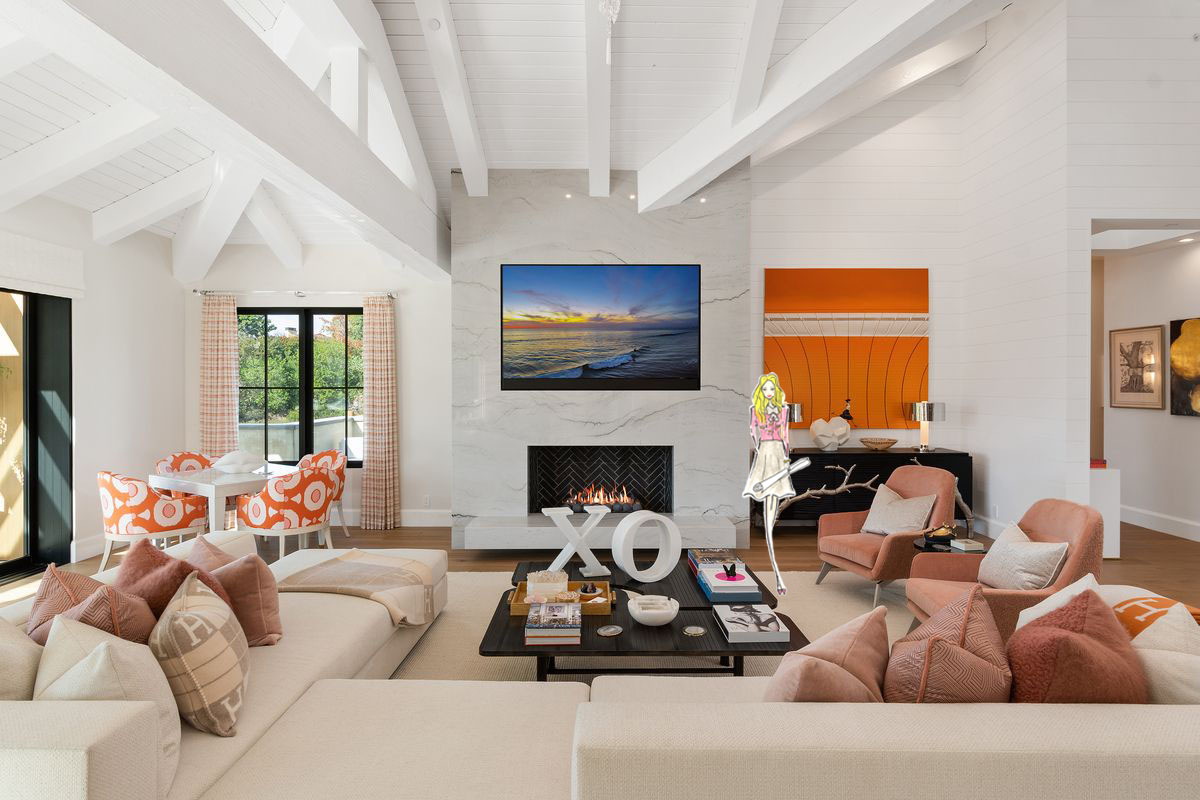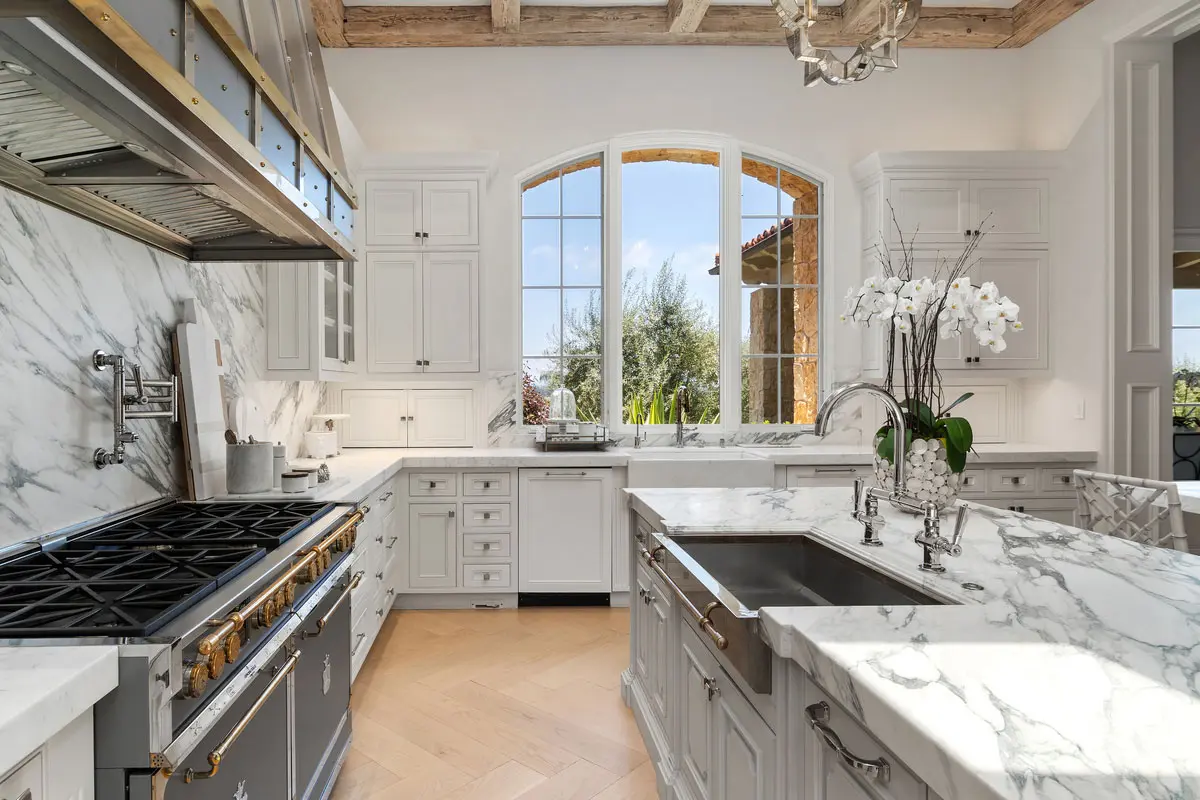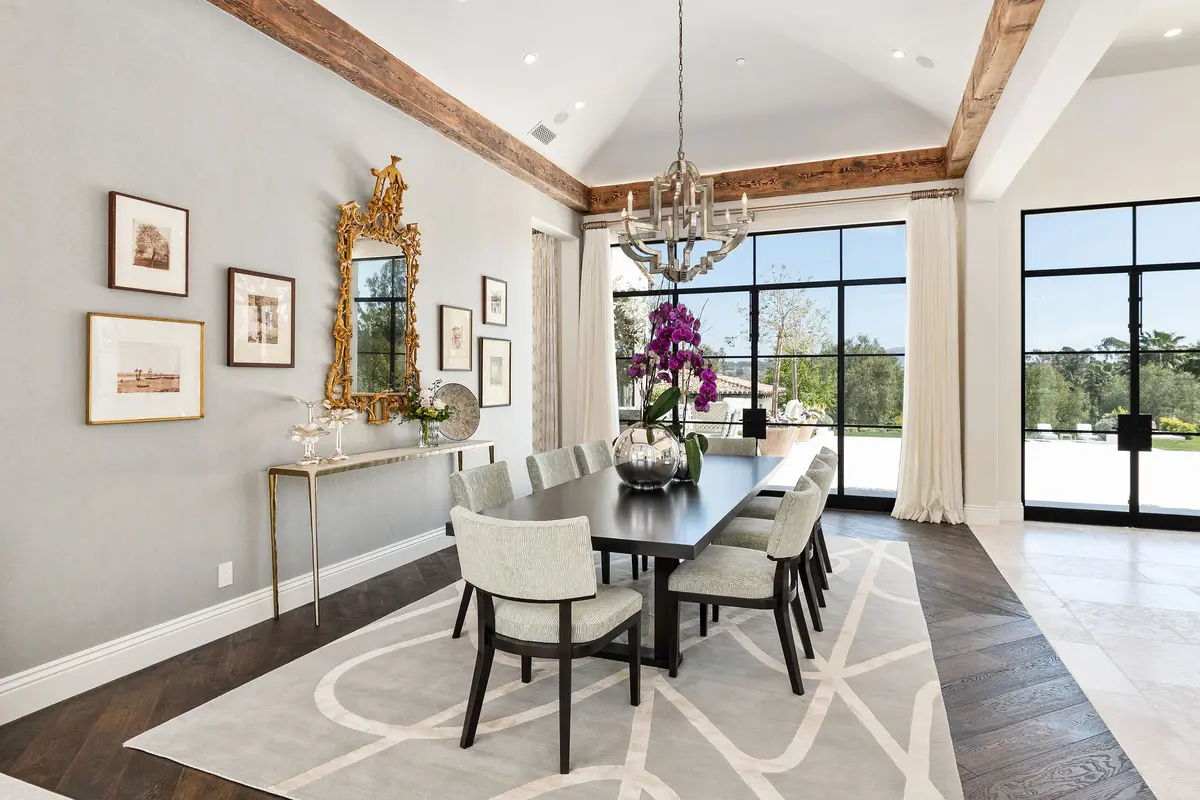The Home as a Psychological Landscape
Home is no longer just a backdrop to daily life—it’s an active participant in how we feel, function, and relate to the world. In the wake of the pandemic, interiors became sanctuaries, classrooms, offices, and retreat spaces. The demand for interiors that support both aesthetic beauty and emotional balance has never been greater.
Environmental psychology, a field rooted in the study of how physical spaces influence human behavior, confirms what intuitive designers have always known: your environment shapes your mood. Thoughtful design choices can elevate energy, promote relaxation, reduce anxiety, and foster well-being on both conscious and subconscious levels.
Color as Emotional Cue: The Psychology of Palettes
How Color Influences the Nervous System
Colors affect our limbic system—the part of the brain tied to emotion and memory. Warm tones such as reds, oranges, and golds stimulate alertness and appetite, while cool tones like blues and greens slow the heart rate and calm the mind. Saturation plays an equally critical role: bold, saturated hues energize, while muted shades foster introspection and serenity.
- Bedrooms: Pale blues, lavender-gray, and sage green soothe the senses and lower cortisol levels, making them ideal for winding down.
- Kitchens: Sunny yellows and citrus tones stimulate appetite and sociability, encouraging vibrant energy in family-centric spaces.
- Home offices: Soft taupe, mineral green, or pale beige support focus and reduce visual fatigue during long hours of screen work.
Seasonal Color Shifts to Support Emotional Cycles
Design can mirror nature’s rhythm to help regulate our own. Warmer tones in autumn and winter combat the emotional lull of shortened days, while cooler palettes in spring and summer reflect increased daylight and mental clarity. Temporary design swaps like cushions, artwork, and throws offer a subtle yet impactful way to synchronize interiors with emotional needs throughout the year.
Natural Light, Artificial Light, and Circadian Rhythms
Why Lighting Is a Core Wellness Tool
Natural light exposure stimulates serotonin production, which regulates sleep and mood. Lack of sunlight has been directly linked to Seasonal Affective Disorder (SAD). In a work-from-home world, lighting design has become an essential component of wellness, affecting productivity, sleep quality, and emotional equilibrium.
Layered Lighting for Emotional Modulation
A thoughtful lighting plan includes ambient (general), task (focused), and accent (decorative) lighting. Dimmable controls and color-temperature adjustments allow for dynamic mood setting throughout the day. Cool white light enhances concentration, while warmer tones in the evening support melatonin release.
Daylight Access as a Luxury Design Priority
Maximizing access to daylight is now a top priority in luxury home design. Sheer drapery, large-pane windows, skylights, and mirrored surfaces help diffuse and amplify natural light. Floor plans are increasingly oriented around solar exposure, creating rooms that align with natural circadian patterns.
Spatial Psychology: Flow, Function, and Freedom
How Layout Influences Mental Clarity
The configuration of a room can either overwhelm or soothe the mind. Open layouts promote visual breathing room and social connectivity, while closed spaces offer privacy and containment. Strategic negative space—open areas between objects—prevents overstimulation and reduces cognitive clutter.
Zoning for Mental and Emotional Needs
Spaces serve multiple emotional functions, and well-zoned interiors respect that. Reading nooks with layered lighting offer refuge; meditation alcoves with natural materials encourage pause. Separating high-energy zones like kitchens from low-energy ones like bedrooms helps create distinct emotional transitions.
Creating Movement and Stillness
Movement through a space should feel intuitive and organic. Biophilic design principles—such as curved pathways, indoor plant life, and organic materials—foster calm. Furniture placement either encourages conversation or offers solo retreat, allowing inhabitants to choose between connection and solitude with ease.
Texture and Touch: The Forgotten Sense in Design
The Science of Tactile Comfort
Our skin is our largest sensory organ, and it constantly communicates with our brain about safety and comfort. Soft, nubby, or plush textures signal warmth and relaxation, while cold, slick surfaces can evoke sterility. This is why textiles and finishes are pivotal to emotional response in a space.
Materials That Promote Calm
Natural fibers such as wool, linen, and boucle offer a grounded, tactile softness that promotes relaxation. Matte finishes, lightly brushed metals, and raw wood grains lend visual and sensory warmth. In high-traffic zones, these textures should be durable yet inviting; in restful areas, they should encourage stillness and softness.
Soundscapes, Scent, and Multisensory Wellness Design
Acoustic Design for Peaceful Living
Noise is a chronic stressor in modern homes. Sound-absorbing textiles, acoustic panels, and thoughtful layouts reduce echo and intrusion. Creating “sound zones” within the home helps support both privacy and sociability—so one family member can take a video call while another naps undisturbed.
Scents and Sensory Anchors
Scent is the sense most closely linked to memory and emotion. Introducing natural fragrances—via essential oil diffusers, candles, or scented materials—can anchor moods and establish rituals. Lavender in bedrooms, citrus in kitchens, and sandalwood in dens enhance the atmosphere and subtly signal emotional intention.
Real-World Mood-Enhancing Examples
A Serene Primary Bedroom Remodel
Muted color blocking in calming hues like dusty rose or slate blue, paired with layered window treatments and dimmable sconces, create a cocoon of rest. Textured rugs, a tactile upholstered headboard, and natural linen bedding complete the sensory sanctuary.
A Wellness-Focused Home Office
A solid wood desk, ambient task lighting, and wall-mounted greenery bring grounding and vitality into the workspace. Noise-minimizing rugs and neutral color schemes reduce distraction, while personal scent diffusers cue productivity and clarity.
A Retreat-Style Bathroom Design
Using soft, indirect lighting; organic materials like river stone and teak; and spatial separation from utility functions transforms the bathroom into a spa-like escape. The addition of eucalyptus sprigs, warm-toned tile, and layered bath linens adds sensory depth and tranquility.
Designing for Wellness: A Long-Term Investment
The ROI of Feeling Good in Your Own Home
Wellness-driven design yields tangible benefits. Reduced stress, improved sleep, enhanced focus, and stronger emotional regulation are all linked to intentional environments. Over time, these effects compound, making your home a silent partner in better health and happiness.
Why Partnering With a Designer Matters
Experienced designers translate emotional aspirations into spatial strategies. They understand how to balance aesthetics with function, layering textures, colors, and light to serve psychological needs. They also help avoid surface-level trends that might undermine long-term wellness outcomes.
Your Home Should Heal, Not Drain You
Design isn’t just what you see—it’s what you feel. When your environment reflects your needs, it becomes a foundation for peace, productivity, and joy. Every detail, from the texture underfoot to the hue of morning light, shapes your emotional rhythm.
Kern & Co. designs interiors that respect your daily rituals and support your deepest wellness goals. Let us help you create a space that’s not just beautiful—but beautifully attuned to you.
Frequently Asked Questions
How does interior design affect my mood?
Design impacts mood through color, light, space, texture, and flow—all of which influence how calm, energized, or safe you feel. A well-designed space can reduce stress, increase focus, and foster feelings of security and joy throughout the day.
What design elements promote relaxation?
Soft textures, low-saturation colors, natural light, warm lighting, and uncluttered layouts all foster relaxation. When layered thoughtfully, these elements work together to create spaces that are visually soothing and emotionally restorative.
Can home design impact mental health?
Yes. Studies show that intentional design can reduce stress, improve sleep, boost productivity, and even lower anxiety. Design decisions influence daily habits and emotional rhythms, making home a crucial part of holistic wellbeing.



